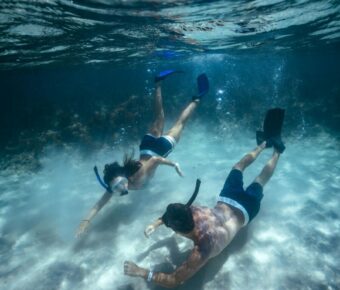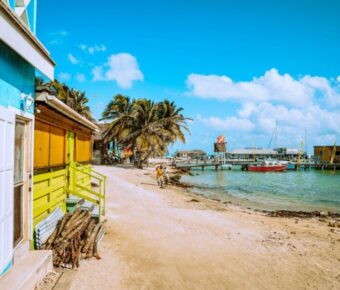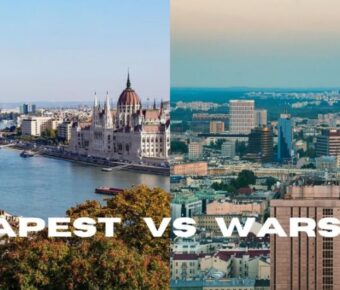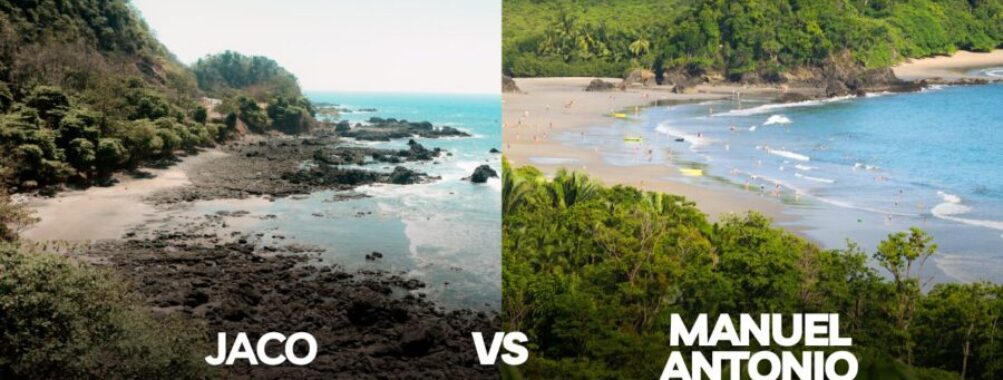
Jaco vs Manuel Antonio: 5 Key Differences to Know Before Your Costa Rica Beach Vacation in 2025
Planning a Costa Rica getaway? Choosing between Jaco and Manuel Antonio can be tricky, as both offer unique experiences along the Pacific coast. While Jaco provides better shopping, a larger beach, and vibrant nightlife, Manuel Antonio boasts more wildlife in town, better beaches overall, and natural beauty.
These two popular destinations are about an hour apart, but they feel worlds apart. Jaco offers walkability with everything nearby—perfect for those seeking adventure activities and lively evenings. On the other hand, Manuel Antonio requires more transportation but rewards visitors with stunning beaches and abundant wildlife sightings that epitomize the “Pura Vida” experience.
Your choice ultimately depends on your vacation priorities. Adventure seekers and night owls might prefer Jaco’s accessibility and energy, while nature lovers and those seeking tranquility will find Manuel Antonio’s natural setting more appealing. Both offer genuine Costa Rican experiences with their distinct flavors.
Table of Contents
- Exploring Jaco and Manuel Antonio
- Location and Accessibility
- Cultural Vibes in Jaco and Manuel Antonio
- Natural Wonders
- Beaches Comparison
- Jungle and Forest Exploration
- Adventure Activities
- Hiking Trails and Lookouts
- Water Adventures
- Wildlife and Conservation
- Wildlife Encounters
- Conservation Initiatives
- Local Culture and Lifestyle
- Culinary Experiences
- Shopping and Souvenirs
- Travel Considerations
- Packing Essentials
- Best Time to Visit
- Accommodation Options
- Frequently Asked Questions
- What are the key differences in the atmosphere between Jaco and Manuel Antonio?
- Which destination is more suitable for families, Jaco or Manuel Antonio?
- What are the travel times and transportation options from San Jose to Manuel Antonio?
- How do the beaches of Jaco compare to those in Manuel Antonio in terms of scenic beauty and activities?
- Can you highlight the distinct wildlife experiences one might encounter in Manuel Antonio versus Jaco?
- Considering Jaco and Quepos, how do the nightlife and cultural opportunities differ?
- Book Your Dream Experience
- More Travel Guides
Exploring Jaco and Manuel Antonio
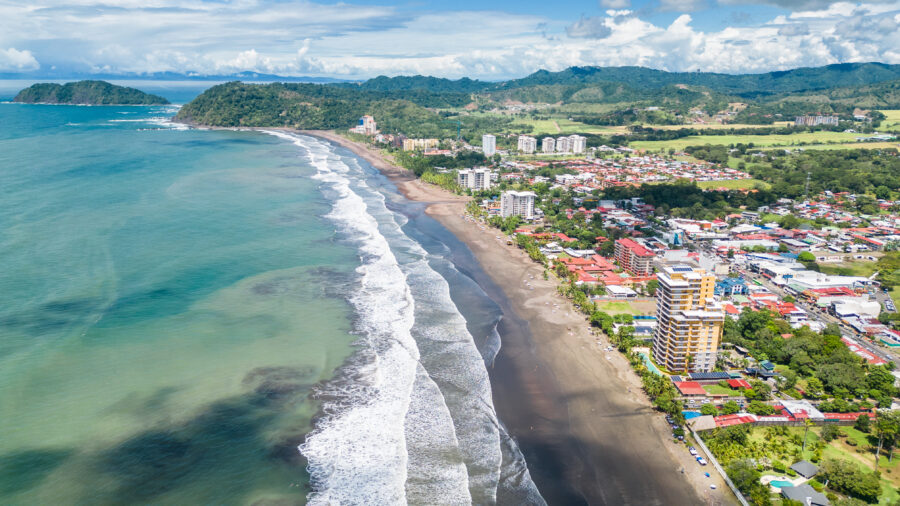
When choosing Jaco and Manuel Antonio, travelers should understand what makes each destination unique. These two popular Costa Rican beach towns offer distinct experiences with their own special characteristics and attractions.
Location and Accessibility

Jaco is about 1.5 hours from San Jose, making it a more accessible option for quick getaways from the capital. The straightforward drive along well-maintained highways makes reaching this beach town relatively simple for travelers.
Manuel Antonio sits about an hour further south along the Pacific coast. The extra distance means fewer day-trippers but requires more travel time. This added distance creates a more secluded feeling once you arrive.
Both towns face the magnificent Pacific Ocean, though their beaches differ significantly. Jaco Beach stretches along a vast bay with darker sand and waves perfect for surfing. The beach is easily accessible from town.
Manuel Antonio’s pristine beaches are in and around Manuel Antonio National Park. These white-sand beaches are postcard-worthy but require either a park entrance fee or a short walk.
Cultural Vibes in Jaco and Manuel Antonio

Jaco embraces a lively atmosphere and is renowned as Costa Rica’s party town. The streets pulse with energy as bars, restaurants, and clubs cater to visitors looking for nightlife. Live music venues attract both locals and tourists seeking entertainment after sunset.
The town attracts a diverse crowd, from surfers to bachelor parties to weekend warriors escaping San Jose. This creates a more urban beach town vibe where the “Pura Vida” lifestyle mixes with modern amenities.
Manuel Antonio offers a more nature-focused cultural experience. The town developed around its famous national park, attracting eco-tourists and wildlife enthusiasts. The atmosphere is generally quieter and more family-friendly.
Restaurants and accommodations in Manuel Antonio tend to be more upscale and integrated with the natural environment. The cultural experience centers more on appreciating nature than nightlife, though there are still pleasant evening options.
Natural Wonders
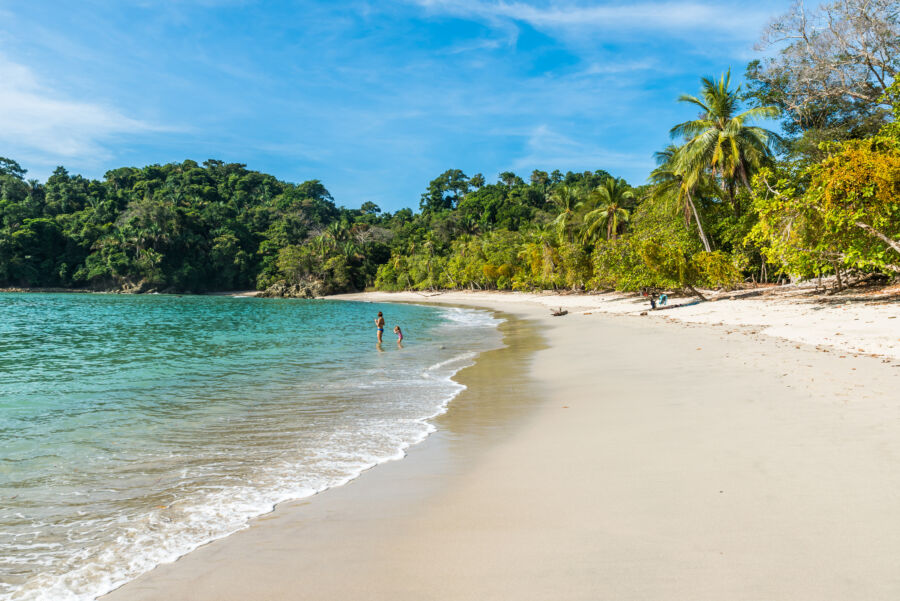
Costa Rica’s Pacific coast offers two distinct natural paradises for travelers. Both destinations showcase Costa Rica’s incredible biodiversity but differ in beach quality, jungle access, and wildlife viewing opportunities.
Beaches Comparison

Manuel Antonio’s beaches are widely considered more beautiful than those in Jaco. The white sand beaches within Manuel Antonio National Park, especially Espadilla Sur and Manuel Antonio Beach, offer pristine swimming conditions with crystal-clear turquoise waters. These beaches are nestled against lush jungle, creating a picturesque setting visitors won’t soon forget.
Jaco’s beaches, while more expansive, tend to have darker sand and rougher waters. They’re ideal for experienced surfers seeking bigger waves, but less appealing for casual swimmers or families. Playa Hermosa, just south of Jaco, is famous for consistent waves that attract surfers worldwide.
Beach cleanliness also differs significantly. Manuel Antonio’s beaches are meticulously maintained, particularly those within the national park. Jaco’s beaches sometimes struggle with cleanliness issues, especially during peak tourist seasons.
Jungle and Forest Exploration
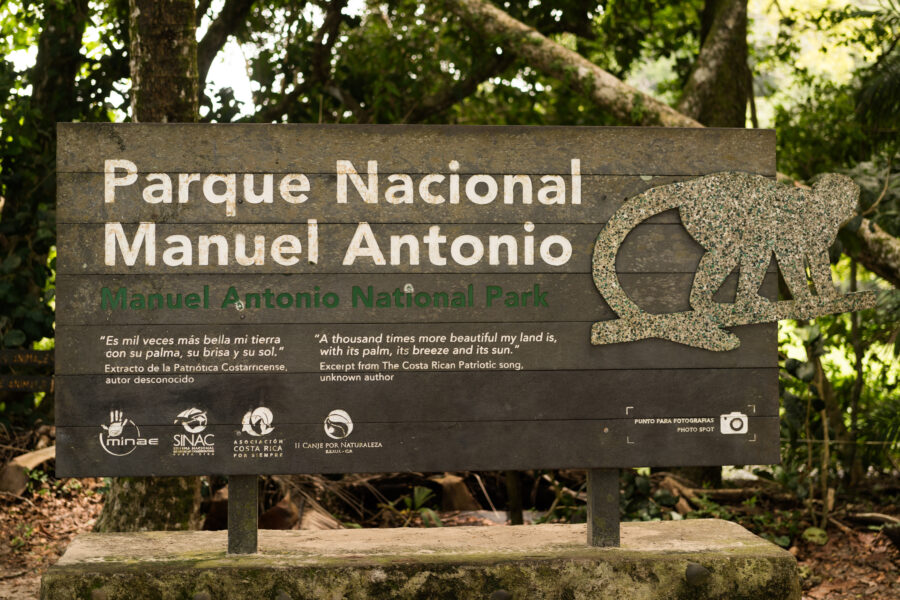
Manuel Antonio offers superior jungle and rainforest experiences with easy access to one of Costa Rica’s most celebrated national parks. The park features well-maintained trails that wind through dense rainforest, providing excellent opportunities to spot monkeys, sloths, toucans, and countless other wildlife species.
The biodiversity in Manuel Antonio is genuinely remarkable. Visitors often encounter four species of monkeys, two-toed and three-toed sloths, coatimundis, and over 180 bird species without much effort. The park’s small size makes wildlife viewing particularly accessible, even for casual hikers.
Jaco has fewer dedicated nature preserves immediately surrounding it, though rainforest excursions are available nearby. Carara National Park, located about 20 minutes north of Jaco, offers good birdwatching but generally requires more effort to spot wildlife than Manuel Antonio.
Manuel Antonio provides a more concentrated natural experience right at your doorstep for travelers seeking immersion in Costa Rica’s famous rainforests and biodiversity.
Adventure Activities

Both Jaco and Manuel Antonio offer incredible opportunities for thrill-seekers and nature lovers. Each destination has unique adventure options ranging from jungle exploration to ocean activities that showcase Costa Rica’s diverse landscapes.
Hiking Trails and Lookouts

Manuel Antonio National Park offers some of the most accessible wildlife viewing in Costa Rica through well-maintained hiking trails. The Cathedral Point trail leads to breathtaking coastal views where the ocean meets the jungle. The main trail is relatively easy and takes about 2 hours to complete, perfect for spotting monkeys, sloths, and colorful birds.
Jaco’s surrounding areas feature less crowded hiking options. Miro Mountain provides panoramic views of Jaco Beach and the Pacific coastline. For more adventurous hikers, the nearby Carara National Park offers trails through transition forest where dry and rainforest species thrive.
Both areas are within driving distance of Arenal Volcano for day trips, though Manuel Antonio is slightly farther. Many trails offer opportunities for rappelling alongside waterfalls, with guided tours available for all experience levels.
Water Adventures

Jaco excels in surfing and water sports, with consistent waves suitable for beginners and experts. The town also serves as a gateway for whitewater rafting adventures on the nearby Savegre River, offering Class II-IV rapids depending on the season.
Manuel Antonio provides exceptional snorkeling opportunities around Cathedral Point, where vibrant tropical fish and occasional sea turtles can be spotted in the crystal-clear waters. The calmer beaches are perfect for paddleboarding and kayaking through mangroves to spot unique wildlife.
Both locations offer catamaran tours with opportunities to spot dolphins and whales (seasonal). Sport fishing excursions are popular from both towns, with Jaco having more charter options. The water temperature stays pleasant year-round, typically between 75-85°F, making any water activity enjoyable regardless of when you visit.
Wildlife and Conservation

Jaco and Manuel Antonio offer incredible wildlife experiences, but differ significantly in their conservation approaches and the variety of animals you might encounter. Manuel Antonio is renowned for its protected national park, while Jaco offers wildlife viewing with different access points.
Wildlife Encounters
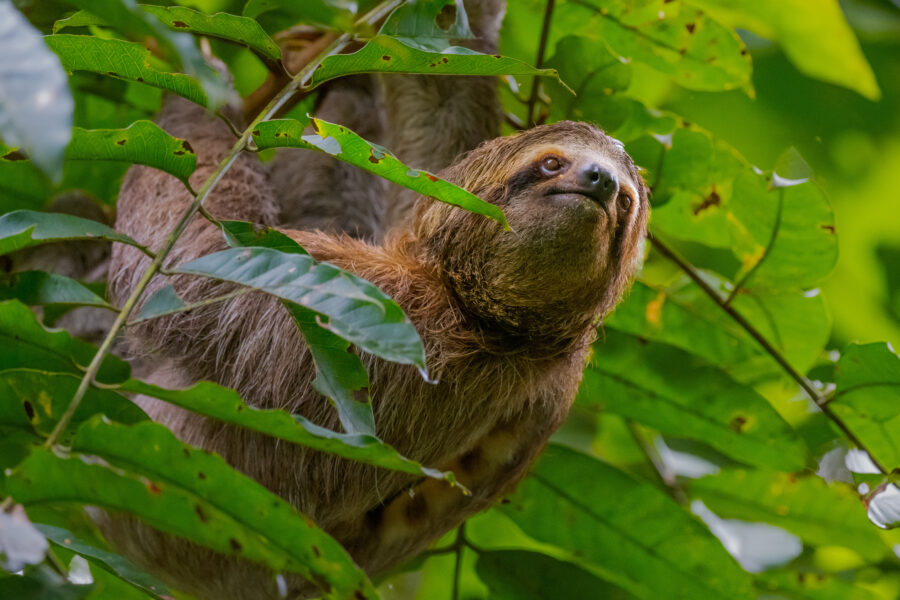
Manuel Antonio National Park is a wildlife lover’s paradise. The park houses an impressive variety of animals in their natural habitat. You’ll likely spot white-faced capuchin monkeys swinging through trees and sloths slowly moving among branches.
Many visitors report seeing two-toed and three-toed sloths during guided tours through the park. Another highlight is the colorful toucans, with their distinctive bills visible against the forest canopy.
Iguanas are common in both locations, often sunning themselves on rocks or scurrying across paths. In Manuel Antonio, wildlife is concentrated within the protected park boundaries, making animal sightings almost guaranteed with a guide.
Jaco also has wildlife, but encounters are less frequent and more scattered. In the surrounding areas, you might spot howler monkeys, scarlet macaws, and various reptiles, but without the concentrated ecosystem of a national park.
Conservation Initiatives
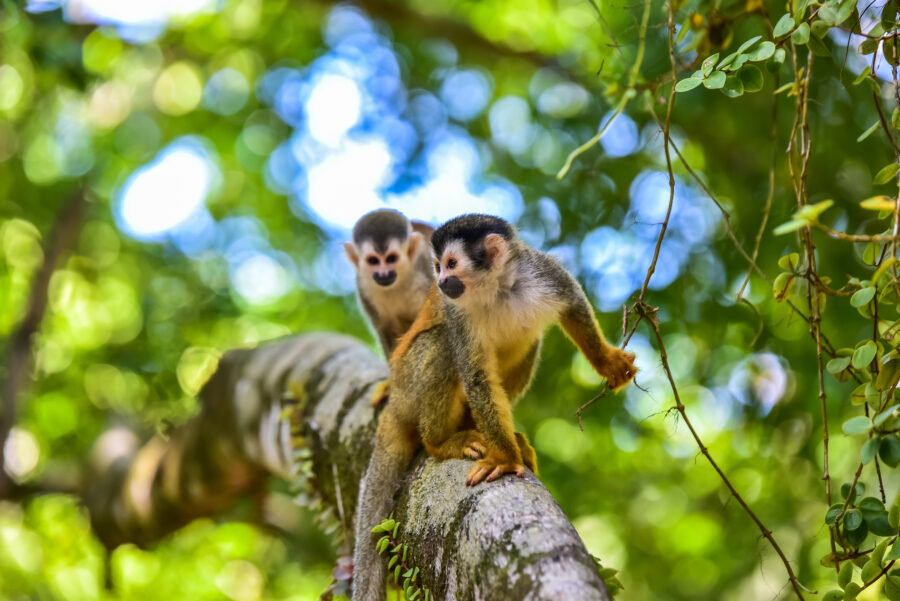
Manuel Antonio stands out for its dedication to conservation. The national park is part of Costa Rica’s extensive protected areas system, which covers nearly 28% of the country’s land. Rangers patrol the park, and strict regulations limit visitor numbers to reduce environmental impact.
The park maintains marked trails to prevent habitat destruction and educates visitors about preserving these unique ecosystems. Local guides often participate in conservation efforts and share this knowledge during tours.
Jaco takes a different approach to conservation. While lacking a national park within its immediate boundaries, the area has several wildlife rescue centers and private reserves. These organizations focus on rehabilitating injured animals and educating visitors about conservation needs.
Both destinations contribute to Costa Rica’s reputation for environmental stewardship, but Manuel Antonio offers a more structured conservation experience through its national park system.
Local Culture and Lifestyle

The vibe and daily rhythms of Jaco and Manuel Antonio offer distinctly different cultural experiences for travelers. Each location showcases unique aspects of Costa Rican life, from food scenes to shopping opportunities.
Culinary Experiences
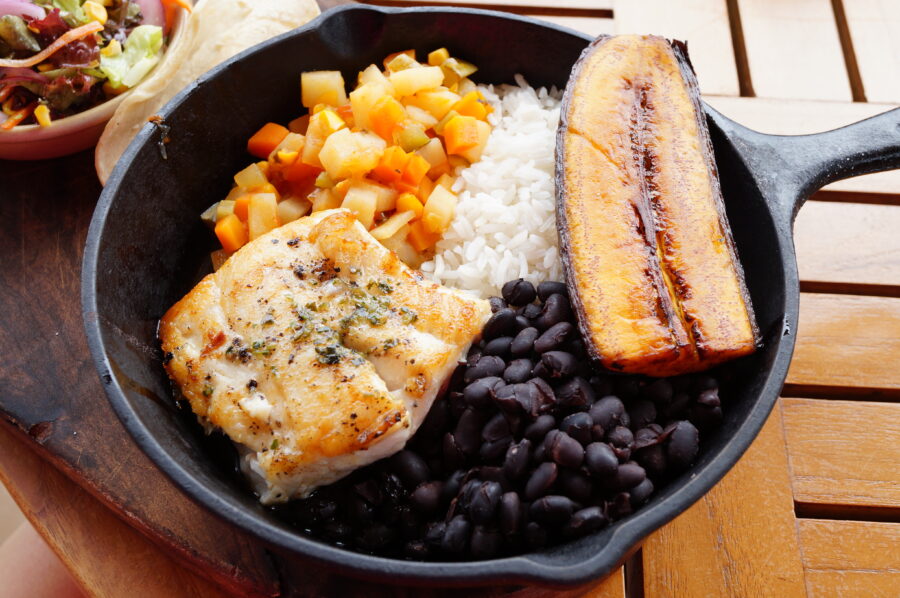
Jaco’s food scene caters to a younger, international crowd, with plenty of bars, seafood spots, and fusion restaurants. You’ll find everything from beach shacks serving fresh ceviche to upscale dining options. Local sodas (small family-run restaurants) offer authentic Costa Rican casado—a traditional plate with rice, beans, protein, and plantains—at budget-friendly prices.
Manuel Antonio’s dining atmosphere feels more relaxed and family-oriented. The area has developed a reputation for eco-conscious restaurants, many offering stunning ocean views. Many establishments in Manuel Antonio source ingredients from the nearby Quepos farmers’ market, ensuring fresher flavors.
Both destinations serve delicious tropical ice cream and fresh fruit smoothies, perfect for cooling down in the Costa Rican heat. Try the small roadside stands outside the tourist centers for authentic local flavors.
Shopping and Souvenirs
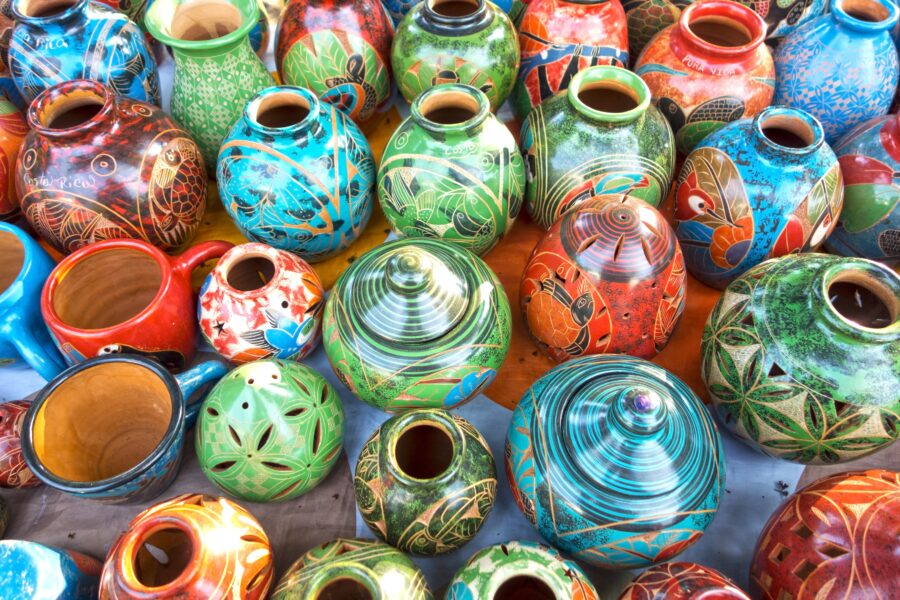
Jaco boasts a wider variety of shopping options, from surf shops to boutiques along its main street. The town has regular markets where visitors can browse local crafts and produce. Prices tend to be more competitive here compared to Manuel Antonio.
Manuel Antonio’s shopping scene is smaller but offers higher-quality, eco-friendly souvenirs. Look for:
- Handmade jewelry using local materials
- Sustainable wood carvings
- Costa Rican coffee packages
- Colorful textiles from local artisans
Nearby Quepos town provides a more authentic shopping experience with fewer tourists. The weekend farmers’ market in Quepos is worth visiting to glimpse everyday Costa Rican life and find unique, non-touristy souvenirs at better prices.
Travel Considerations
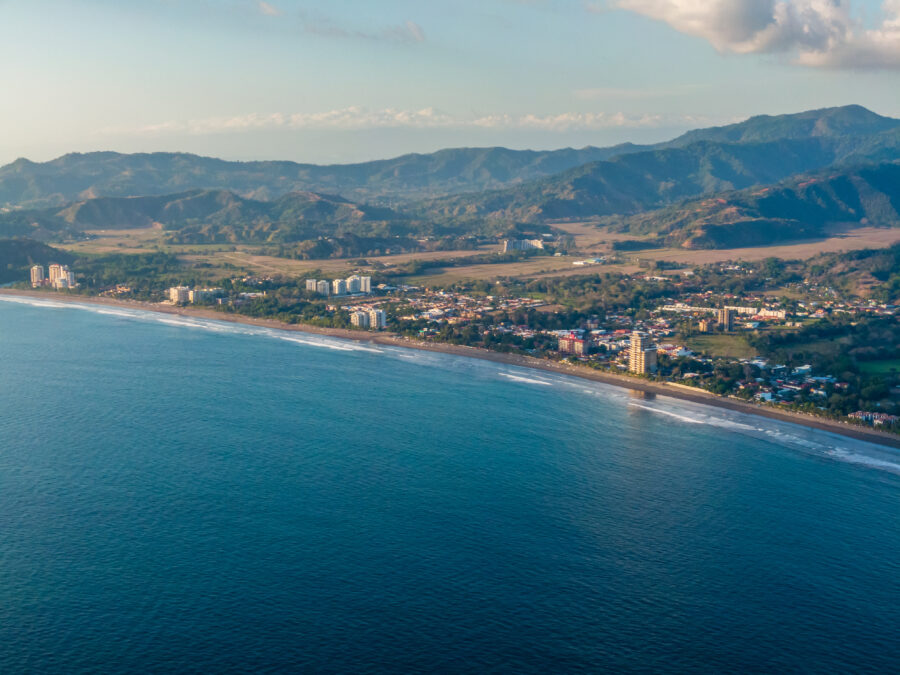
Planning your trip to either Jaco or Manuel Antonio requires some thought about what to bring, when to visit, and where to stay. These destinations have different vibes and needs, so your preparations should reflect your choice.
Packing Essentials

Costa Rica’s coastal areas demand specific items for comfort and enjoyment. Sun protection is crucial—pack a high SPF sunscreen and reapply often, as the tropical sun is intense even on cloudy days.
A quick-dry towel is invaluable for beach hopping, especially in Manuel Antonio, where you might visit multiple beaches in one day. They take up less space and won’t stay soggy in your bag.
Don’t forget your camera with extra storage! Manuel Antonio offers incredible wildlife photo opportunities – you’ll want to capture those monkeys, sloths, and tropical birds. You’ll want to document the stunning sunsets and surfing action in Jaco.
Bug spray, water shoes, and a light rain jacket are innovative additions regardless of destination. The humidity can be surprising, so pack lightweight, breathable clothing.
Best Time to Visit
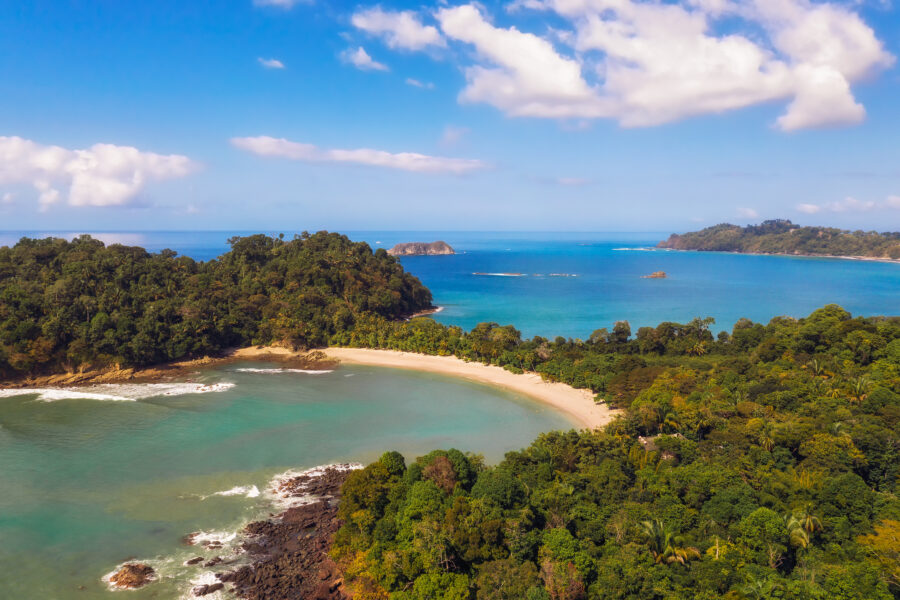
The dry season (December to April) offers the most reliable weather for both destinations, with January to March being particularly pleasant. This is peak tourist season, so book accommodations well in advance.
May through November brings the green season with afternoon showers but fewer crowds. September and October see the heaviest rainfall, and some businesses in Manuel Antonio may reduce hours.
For surfers headed to Jaco, consider that the most significant waves come during the rainy season. Manuel Antonio’s wildlife is visible year-round, but bird watching is exceptional during migration periods (September-November).
Weekends in Jaco get busy with San José locals, so midweek visits mean less crowded beaches. Manuel Antonio National Park limits daily visitors, so arriving early (7-8 am) helps ensure entry during peak season.
Accommodation Options
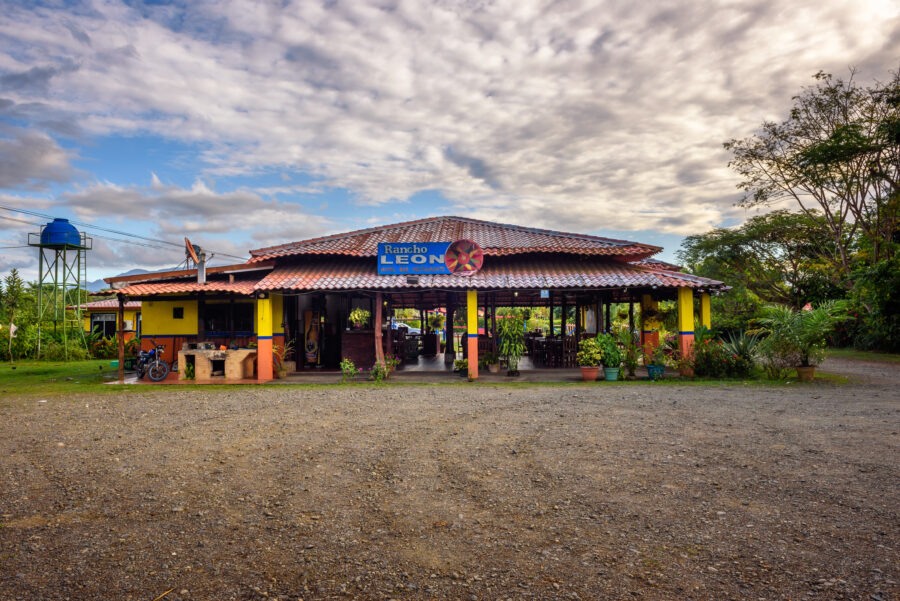
Jaco offers many places to stay, from budget hostels to luxury beachfront condos. Most accommodations are within walking distance to the beach and nightlife, making it convenient for travelers without cars.
Manuel Antonio features more upscale, nature-immersed options. Many hotels are perched on hillsides with stunning ocean views, but require transportation to reach the beaches. The tradeoff is waking up to howler monkeys and toucans right outside your window!
Manuel Antonio’s quieter atmosphere and apartment-style accommodations work well for families. Couples might enjoy the boutique hotels with infinity pools overlooking the Pacific.
Budget travelers will find more affordable options in Jaco, while Manuel Antonio prefers mid-range and luxury properties. In both locations, staying inland can save money without sacrificing much convenience.
Frequently Asked Questions
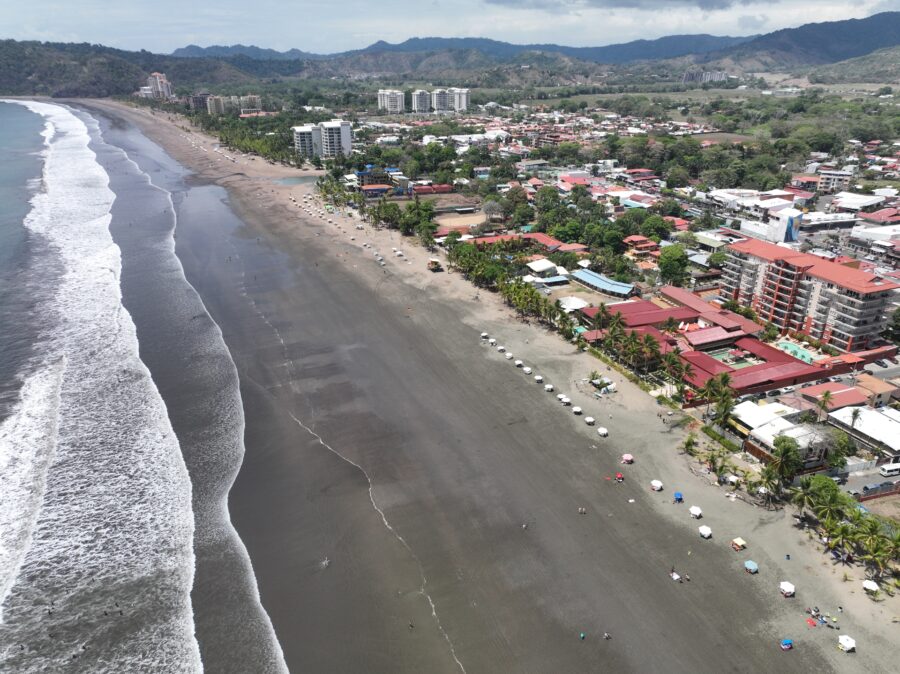
Travelers often wonder about the distinct differences between Jaco and Manuel Antonio when planning their Costa Rica trips. Both destinations offer unique experiences with their special charm and attractions.
What are the key differences in the atmosphere between Jaco and Manuel Antonio?
Jaco has a more developed, bustling atmosphere with a vibrant beach town vibe. It’s known for its energetic nightlife, shopping opportunities, and surf culture.
On the other hand, Manuel Antonio offers a more serene, nature-focused experience. The atmosphere is quieter and more laid-back, with the national park creating a peaceful backdrop for your vacation.
The beaches in Jaco tend to be more crowded and lively, while Manuel Antonio’s beaches feel more secluded and intimate despite being popular with tourists.
Which destination is more suitable for families, Jaco or Manuel Antonio?
Manuel Antonio is generally considered more family-friendly. The calm beaches with gentle waves are perfect for kids, and the national park provides educational wildlife viewing opportunities.
Families love the guided tours through Manuel Antonio National Park, where children can spot monkeys, sloths, and colorful birds in their natural habitat.
Jaco can be suitable for families, too, especially those with teenagers who might enjoy the surfing lessons and a more active atmosphere. However, parents should be aware of the party scene that emerges in the evenings.
What are the travel times and transportation options from San Jose to Manuel Antonio?
The journey from San Jose to Manuel Antonio takes approximately 2.5-3 hours by car, depending on traffic conditions. The road is well-maintained but winding in parts.
Public buses run regularly from San Jose to Quepos, followed by a short local bus ride to Manuel Antonio. This affordable option adds about an hour to the journey time.
Private shuttles and rental cars offer more flexibility and comfort. Many travelers opt for a rental car to explore the area at their own pace.
How do the beaches of Jaco compare to those in Manuel Antonio in terms of scenic beauty and activities?
Manuel Antonio’s beaches are widely considered more scenic. They are nestled within the lush forest with stunning views and more transparent waters. The beaches inside the national park are particularly beautiful.
In contrast, Jaco’s main beach is longer and wider, making it better for long walks. It also has consistent waves that make it a premier surfing destination in Costa Rica.
Activity-wise, Jaco focuses more on surfing and water sports, while Manuel Antonio offers better snorkeling opportunities and the chance to see wildlife on the beach.
Can you highlight the distinct wildlife experiences one might encounter in Manuel Antonio versus Jaco?
Manuel Antonio offers exceptional wildlife viewing opportunities with four species of monkeys, sloths, toucans, and hundreds of bird species easily spotted within the national park and sometimes right from your hotel.
Wildlife spotting in Manuel Antonio requires no extraordinary effort. Animals often appear on the beaches and around accommodations, making it a passive yet rewarding experience.
Jaco has limited wildlife compared to Manuel Antonio, though you might spot scarlet macaws along the coast and can arrange specific eco-tours to nearby wildlife reserves.
Considering Jaco and Quepos, how do the nightlife and cultural opportunities differ?
Jaco boasts a vibrant nightlife. Numerous bars, clubs, and restaurants stay open late. The scene ranges from casual beach bars to more upscale lounges, attracting a younger, more party-oriented crowd.
Quepos (the town near Manuel Antonio) offers a more authentic Costa Rican cultural experience. It has local sodas (small restaurants), a charming marina, and a weekly farmers market that showcases local crafts and foods.
The nightlife in the Manuel Antonio/Quepos area is more subdued and restaurant-focused. It has earlier closing times and a greater emphasis on sunset dining experiences rather than late-night partying.
